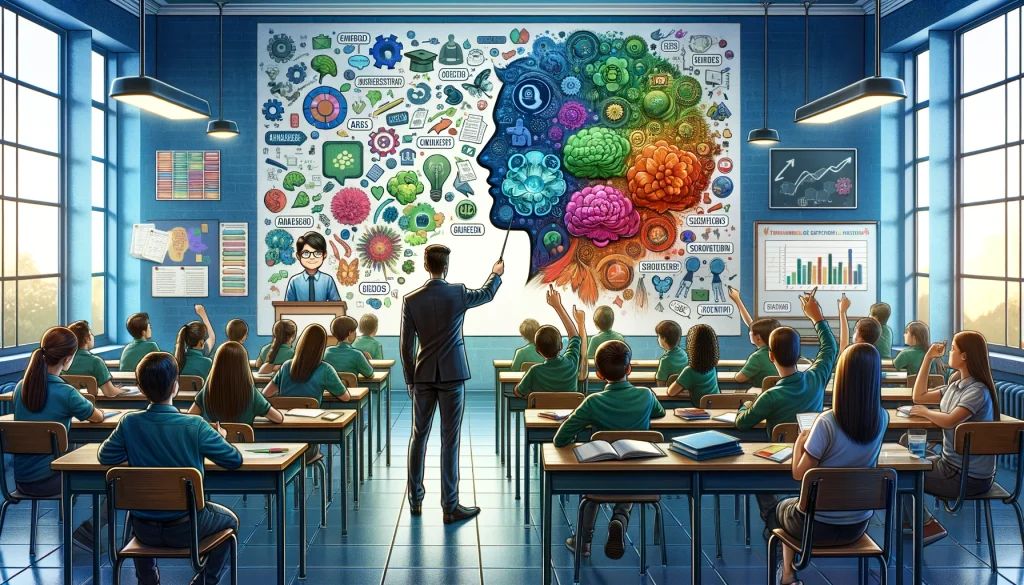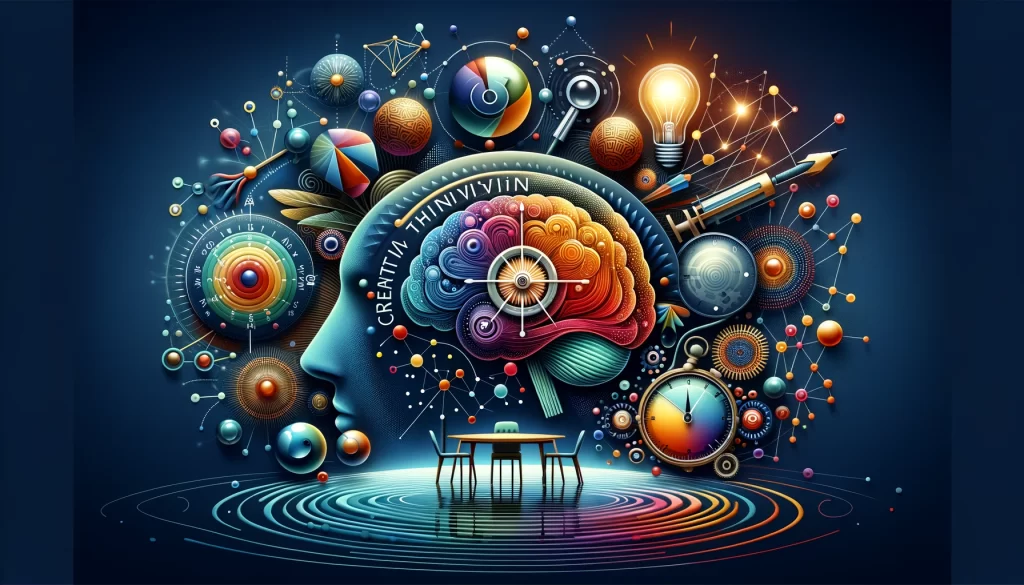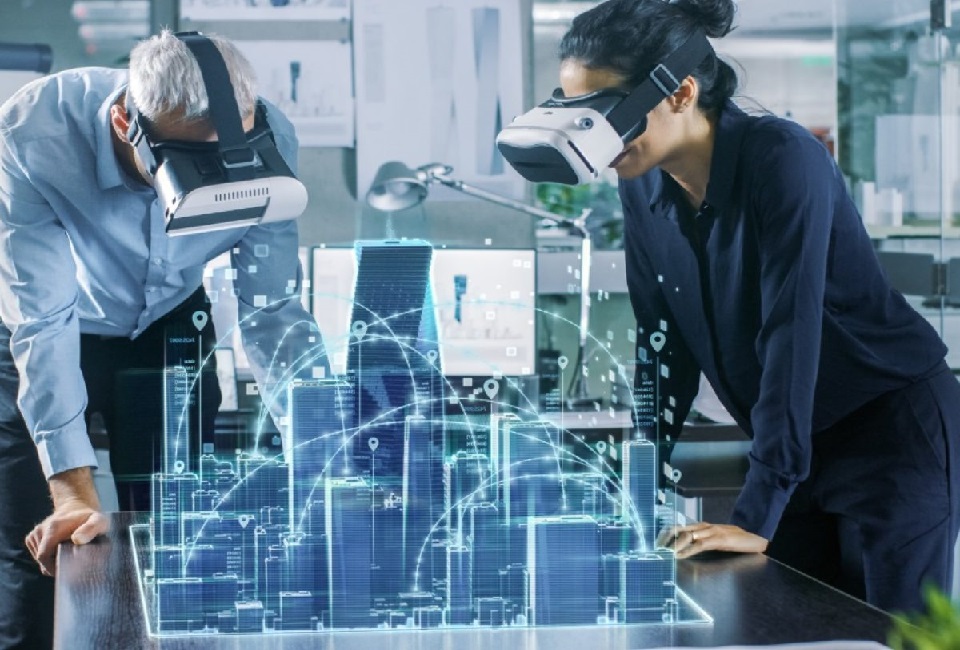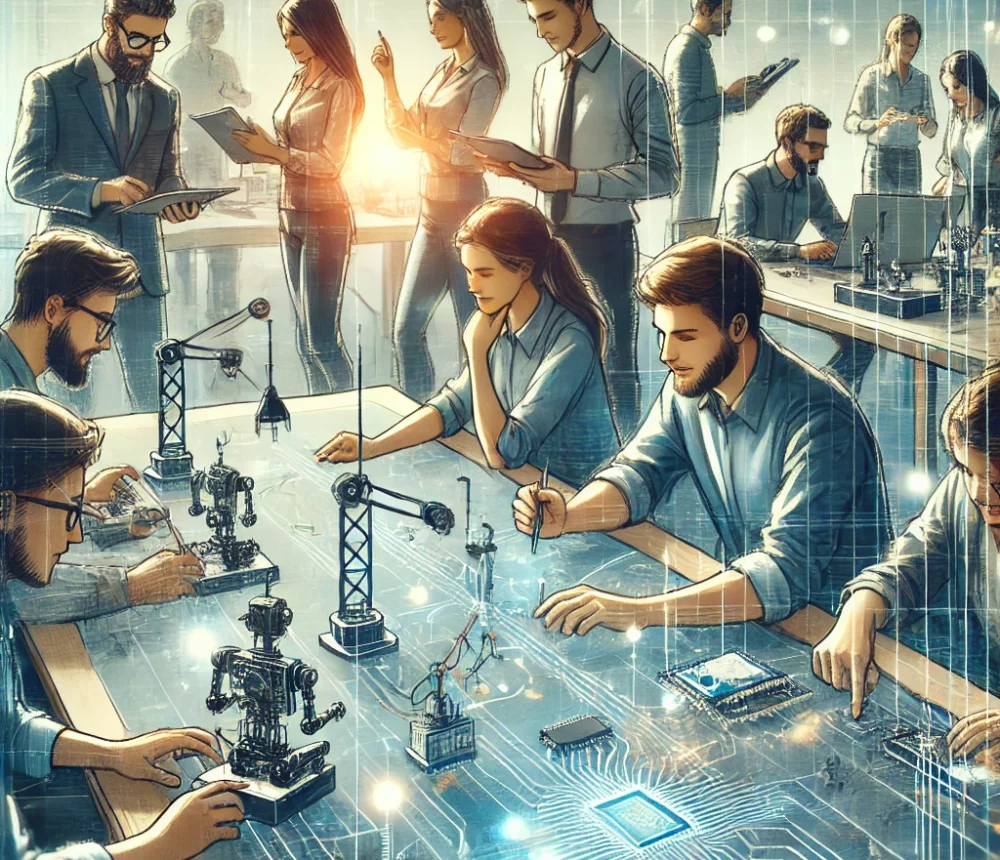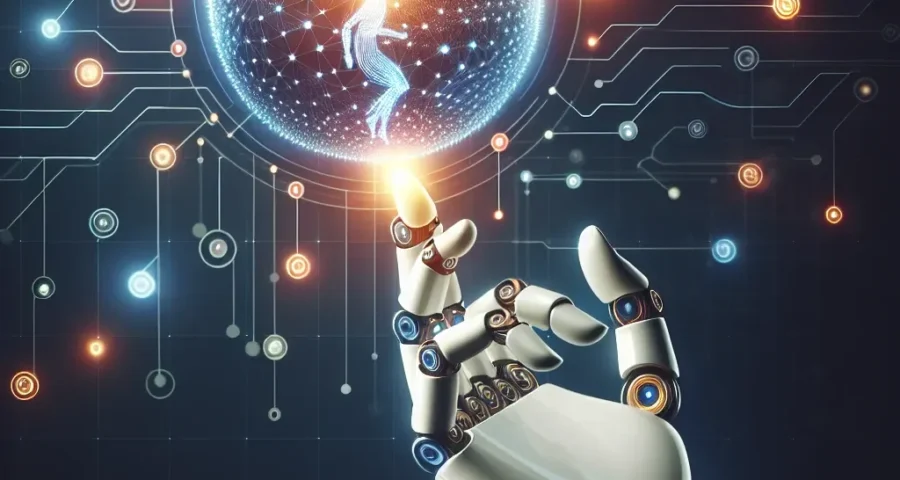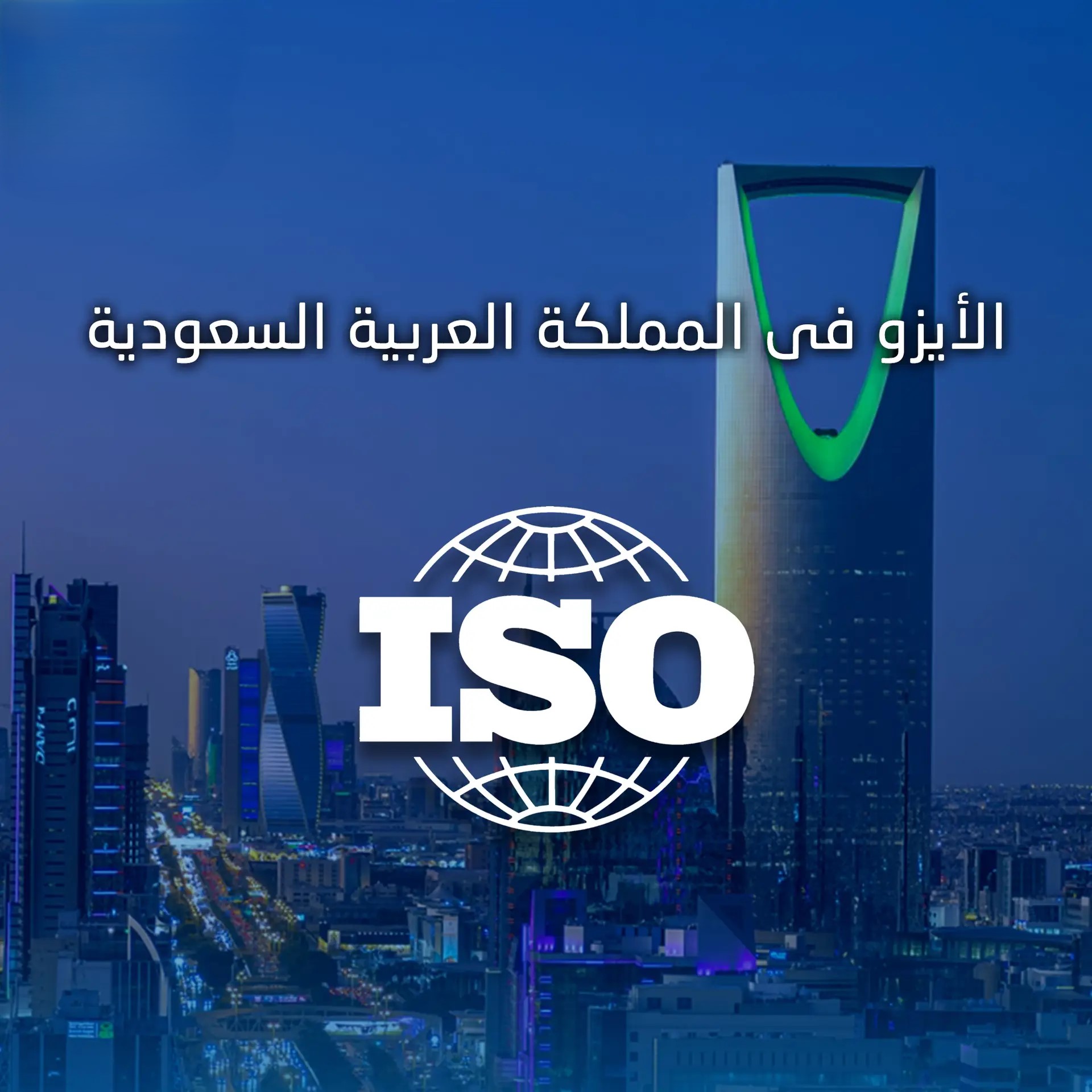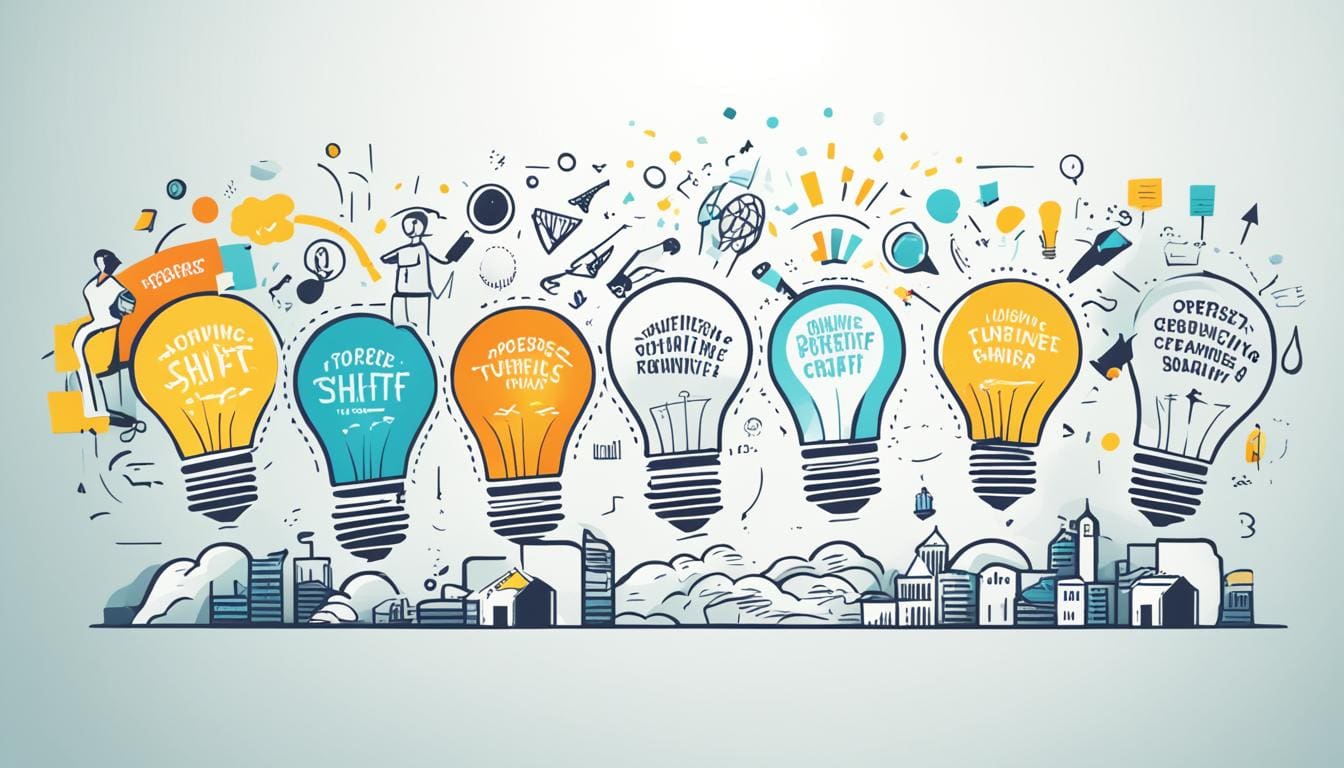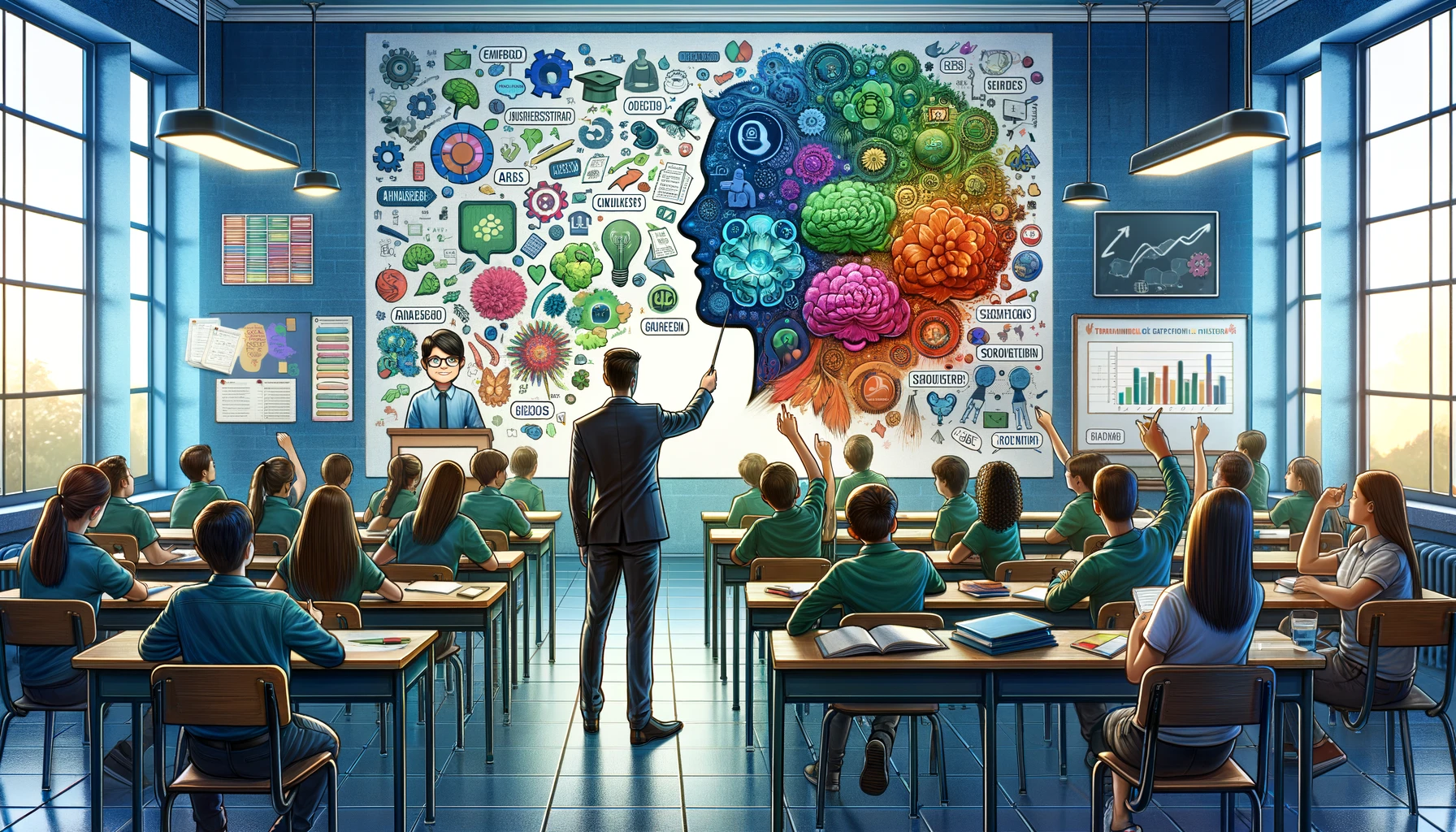Why has creative thinking become the foundation for the success of modern projects?
In a rapidly changing and highly competitive era, adhering to traditional project management methods is no longer sufficient to guarantee success. On the contrary, creative project thinking has become a key element that helps organizations stand out and develop innovative solutions that address the daily challenges faced by their teams. Furthermore, creative thinking enhances the ability to identify opportunities that others might overlook, thereby creating added value that enables projects to achieve exceptional results.
Moreover, Experts indicate that organizations adopting a creative approach to planning and implementation are often able to offer more advanced services and products, giving them a strong competitive edge. Conversely, projects lacking creativity often rely on traditional solutions, severely limiting their ability to compete with the competition.
Therefore, it has become essential to learn practical steps that help integrate creativity into the project lifecycle. In this article, we will discuss in detail the most effective ways to apply creative thinking to projects, as well as explain tools and methods that can be used within organizations to bring about real and tangible change.
1. Define the problem precisely: the starting point for every creative idea
Understanding the problem is the first key to creativity.
Before considering innovative solutions, the team must first understand the problem they are trying to solve. In fact, experience shows that many ineffective ideas stem from a lack of clarity regarding the problem. Therefore, it is crucial—from the outset—to analyze the problem by asking the right questions. For example: What is causing this problem? What are its consequences? And how does it affect the project?
Furthermore, clearly defining the problem helps save time and reduce errors later during implementation. This enables the team to develop precisely targeted solutions.
Effective tools for understanding the problem in depth
1. Mind Mapping
This tool helps to create a comprehensive picture of the problem. Moreover, It shows the relationships between different elements, helping to discover causes and effects in an organized way.
2. The “5 Whys” technique
By asking “Why?” five times consecutively, one can get to the root of the problem instead of just addressing the superficial symptoms. This makes it easier to devise realistic and practical solutions.
3. PESTLE Analysis
This analysis helps in studying the external factors affecting the problem, such as:
Political factors
Economic factors
social factors
Modern technologies
legal elements
Environmental considerations
By analyzing these aspects, the team becomes able to look at the problem from multiple angles, opening the way for creative solutions that may not appear in traditional thinking.
Analyzing the impact of the problem on the project
After identifying the problem, its impact on the project must be assessed. For example, Will solving the problem improve production? Will it benefit customers? Will it reduce costs?
Furthermore, this analysis may uncover additional challenges, enabling the team to prepare for them in advance.
2. Creating a work environment that encourages creativity: the foundation upon which ideas are built
Creativity is not born in a rigid environment.
For creative thinking to flourish in projects, a work environment that fosters freedom of thought is essential. Conversely, a work environment that imposes strict limitations or relies solely on direct supervision stifles employee creativity.
Factors that help to enhance creativity within the organization
1. Encouraging a culture of thinking outside the box
For example, Leaders can ask open-ended questions, such as:
“How can we do this task in a completely different way?”
In addition, employees should be given a safe space to voice their ideas without fear of ridicule or rejection.
2. Enhancing cooperation among team members
Creativity does not happen in isolation. Although some individuals are capable of developing innovative ideas on their own, collaboration often results in more powerful solutions.
For example:
Organizing brainstorming workshops
Sharing past experiences
Integrating members from different teams into a single project
3. Using technology to support creativity
On the other hand, Digital tools play a vital role in organizing and developing ideas. Some of the most prominent tools include:
Miro: For organizing idea maps
Notion: For documenting information and managing projects
Canva: For designing templates
Figma: For developing experimental interfaces
Therefore, these tools help to transform ideas into tangible models that can be tested and improved.
3. Generating ideas: Turning a problem into an opportunity for innovation
After identifying the problem and creating a suitable work environment, comes the idea generation stage, which is one of the most important stages that demonstrates the power of creative thinking in projects.
Brainstorming — the most common and effective method
Although brainstorming is a somewhat old method, it remains one of the most effective. However, it must be applied in a structured way to achieve the best results.
Steps to a successful brainstorming session
Set a clear objective for the session
Allowing everyone to contribute ideas — without restrictions
Not allowing criticism during idea generation
Using assistive technologies, such as:
Mind maps
Inspiration cards
Individual thinking then collective
In addition, these steps help to create a positive atmosphere that increases the quantity and quality of ideas.
Multiple strategies for generating ideas
1. SCAMPER Strategy
This method helps develop ideas through seven basic techniques:
S – Substitute (substitution)
C – Combine (merging)
A – Adapt (Adaptation)
M – Modify (modification)
P – Put to another use (reuse)
E – Eliminate (Removal)
R – Rearrange (Rearrange)
Therefore, the idea becomes developable from several angles.
2. Opposite thinking
Unlike traditional methods that focus on finding a solution, reverse thinking allows for understanding the problem from a completely new angle. For example, Instead of asking, “How do we increase the number of customers?”
we ask, “What might cause customers to turn away?”
Therefore, weaknesses are easily discovered.
3. Upward thinking
This approach begins with a very simple idea, then new elements are gradually added until it becomes a comprehensive solution.
4. Implementing creative ideas: from planning to reality
Turning the idea into a viable model
After generating the idea, it’s not time to celebrate yet; the most difficult phase begins: implementation. However, having a clear plan helps facilitate this process.
Effective implementation steps
1. Prepare a clear plan
This plan includes:
Task distribution
Identifying tools
Set a schedule
Selecting the implementation team
In addition, a contingency plan should be put in place in case unexpected challenges arise.
2. Building a Prototype
A prototype helps test an idea before widespread implementation. On the other hand, it allows for gathering customer feedback and adapting the idea to their needs.
3. Continuous modification and development
No idea is perfected on the first try. Therefore, it is important to review the results and continuously refine the idea.
5. Performance measurement: How do you know if your idea was successful?
In order for the organization to be sure that the idea is successful, its effects on the project must be measured.
The best performance measurement tools include:
Key Performance Indicators (KPIs)
Return on Investment (ROI)
Customer data analysis
Satisfaction surveys
In addition, it is important to review the performance after a period of time to ensure that the idea is still achieving the same results.
Celebrating small achievements
Small successes—even a single step—boost team morale. Furthermore, this recognition contributes to creating a positive culture that encourages everyone to be creative.
Learning from mistakes
Despite the best efforts, some ideas may fail. However, instead of becoming discouraged, failure should be considered a natural part of the creative process.
6. Integrating creativity into the organizational culture to achieve sustainability
How do we integrate creativity into the culture of projects?
To make creativity a habit and not just a passing phase, you must:
Providing training programs
Granting incentive bonuses
Adding innovation to performance evaluation criteria
Allocating a budget for innovation
In addition, employees should be encouraged to try new ideas without fear of failure.
The role of leadership in fostering creativity
A creative leader is one who encourages the team, fosters experimentation, and instills confidence. While some ideas may not succeed, a successful leader understands that creativity is an ongoing process that requires patience.
Creative project thinking is the cornerstone of success in today’s world. Furthermore, employing the methods we’ve discussed—from problem identification to performance measurement—ensures organizations have ample scope for innovation and excellence.
If you are looking to develop your project using innovative methods, or want to turn your ideas into actionable solutions, Reins offers you the best services specializing in project support, team development, and the application of the latest creative thinking methodologies.
Start now with Reins… and let creativity fuel your project towards success.
